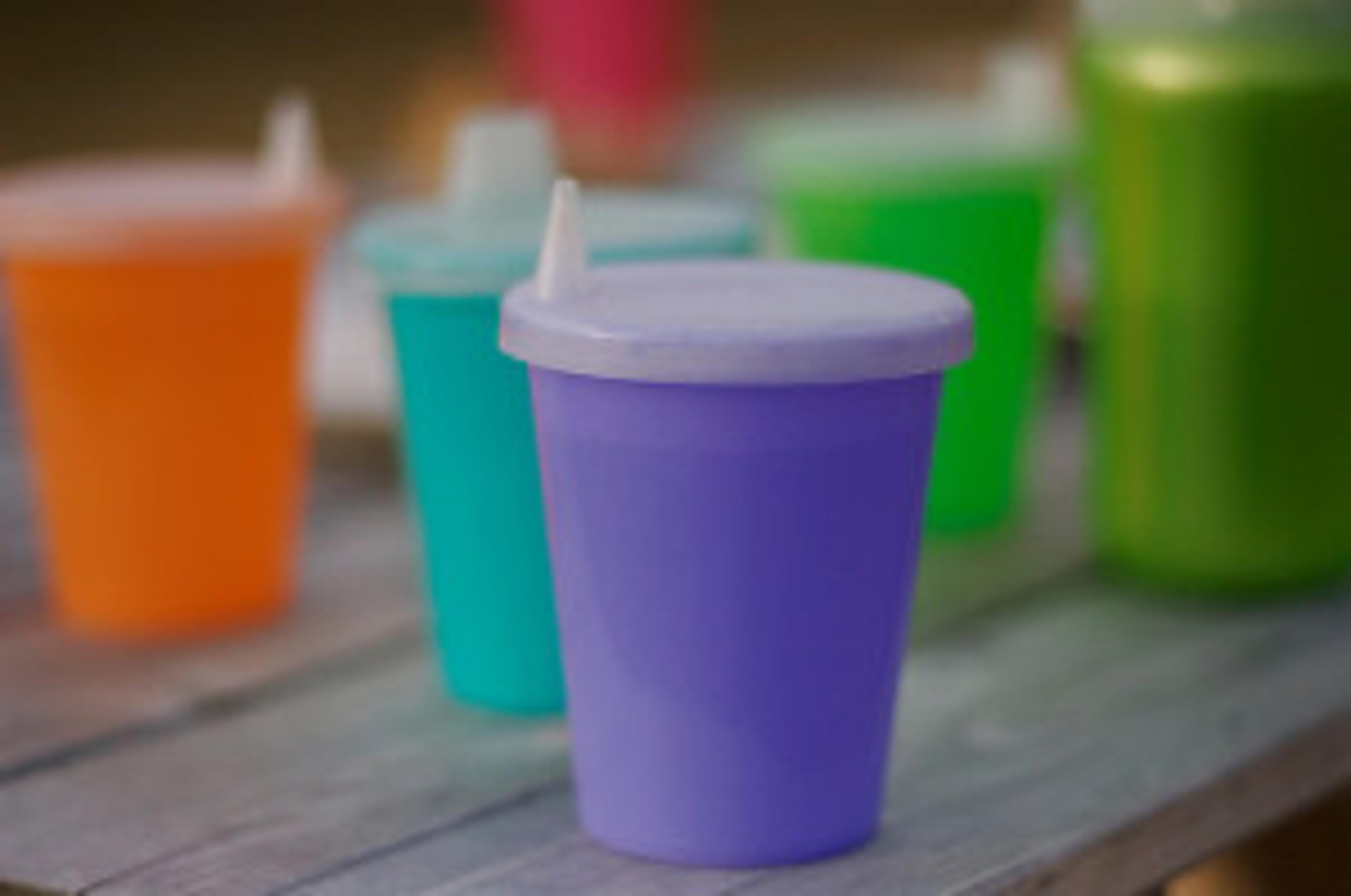Is my water bottle safe? A Plastics Primer

Mike Miller
| 3 min read

Plastics have no doubt made our lives easier. They’re everywhere, from our toothbrushes to our cars to the international space station. Plastic makes a lot of things possible.
One place plastics are prevalent is food packaging. Water bottles, containers, bags, food wraps, and aluminum can liners: plastics are a major component of the food industry.
But do they come with risks to our health?
The debate over the safety concerns raised against bisphenol-A (BPA) based plastics has become more and more intense over the last decade. Various institutions- governmental, industrial and environmental- have conducted research studies into the effects of BPA on our population. The results have been both alarming and contradictory and only continue to fuel the argument. More information can be found here and here.
Some basic BPA facts:
- Bisphenol-A is a chemical compound used to make plastics and epoxy resins, many of which are used in food packaging, including aluminum can linings.
- Bisphenol-A is classified as an “endocrine disruptor,” as it mimics hormones in our bodies, specifically estrogen.
- More than 90% of the US population is exposed to bisphenol-A in some form.
- Studies show that BPA can leech into food and drink, especially when containers are heated or damaged.
Research studies have linked BPA exposure to a host of medical issues: cancer, infertility and reproductive issues, obesity, behavioral and neurological conditions, as well as disorders related to the immune, cardiovascular, and nervous systems.
One thing commonly agreed upon in studies is that infants and children are more sensitive to exposure to BPA. This has prompted some major changes within the industries making food and other products for infants and young children.
Makers of infant formula and baby bottles have stopped using BPA in their products, and some major retailers have dropped all BPA based products. Certain BPA manufacturers have gone so far as to not sell their product to manufacturers who make products for babies and young children.
Other companies, like Campbell’s Soup, have removed as much BPA from its products as is reasonably possible and are exploring alternatives in efforts to go completely BPA free.
On the home front, reducing risk and going BPA free takes a little effort, but isn’t entirely impossible.
Some great ways to start:
- Change out your plastic food storage containers for glass ones; if you’re still using plastic containers, never heat or microwave them as it can cause the chemicals to leech into the food.
- Cut back on canned goods (especially tomatoes – their acid eats into the BPA can liner) – several brands now offer non-plastic container options, while adventurous types can prepare and freeze or can foods themselves.
- Switch out your plastic water bottles for stainless steel.
- Choose BPA free products – Gladware, Ziploc, and Saran wrap are all BOA free and there are a host of other storage options (also, avoid plastics with a 3 or 7 recycle code – these may contain BPA).
While the amounts of BPA exposure are relatively small (and considered safe by the FDA at this time), until more concrete evidence can support either side of the debate a “precautionary principle” when it comes to BPA seems the safest route to go.
Better safe than sorry.
Photo credit: ransford





